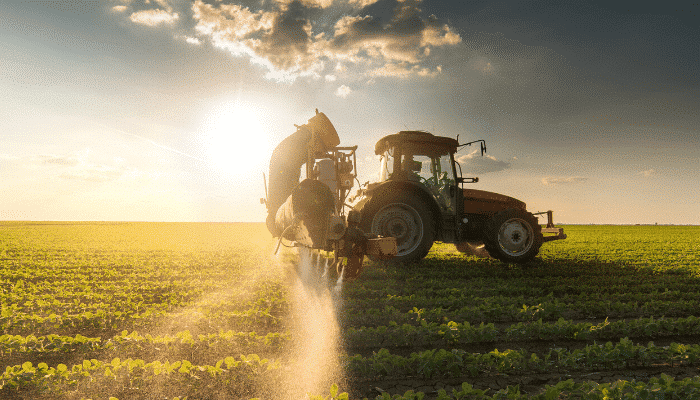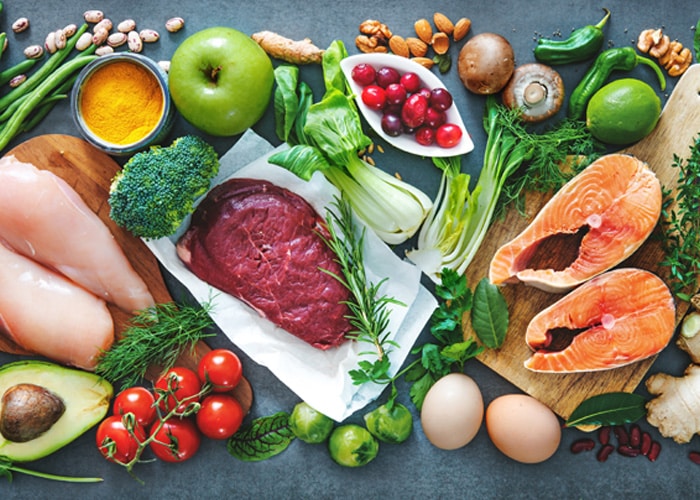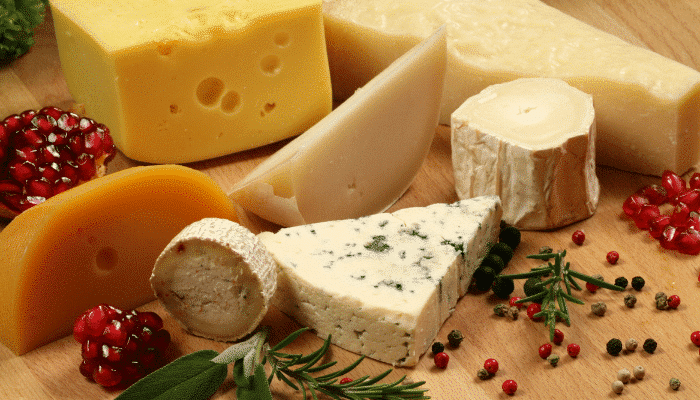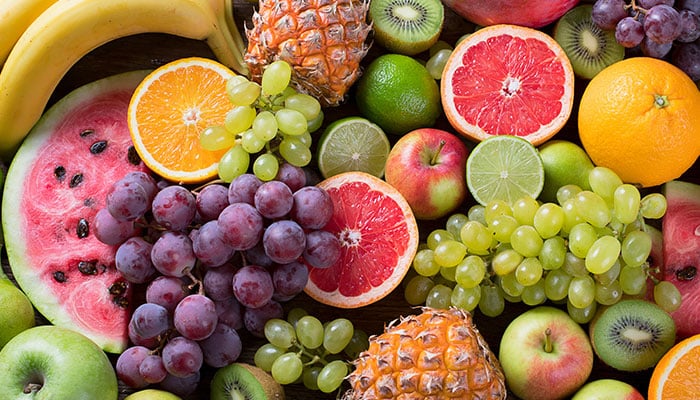
Article réservé aux abonnés

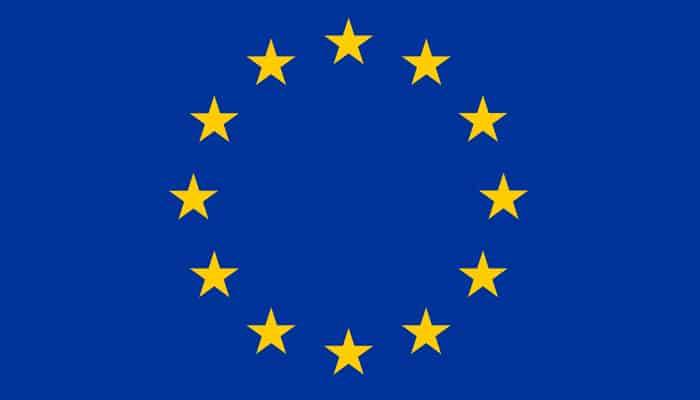
The Implementing Regulation (EU) 2025/854 on a multi-annual coordinated control program for 2026, 2027 and 2028, to ensure compliance with maximum residue levels of pesticides in and on food of plant and animal origin and to assess consumer exposure to these residues has just been published.
This regulation will enter into force on January 1, 2026.
Thirty to forty foodstuffs constitute the main components of the diet in the Union. Given that pesticide use changes considerably over a three-year period, pesticides must be monitored in these foodstuffs over a series of three-year cycles in order to assess consumer exposure and the application of EU legislation.
The monitoring will cover 36 different foodstuffs, with a total of 683 samples to be analyzed each year.
The target matrices will be as follows:
In 2026: oranges, pears, kiwis, cauliflowers, onions, carrots, potatoes, beans (dry), rye grains, brown rice (husked), poultry fat and bovine liver.
In 2027: table grapes, bananas, grapefruit, eggplants, broccoli, melons, mushrooms, sweet peppers/bell peppers, wheat, virgin olive oil, beef fat, and chicken eggs.
On 2028: apples, strawberries, peaches, wine (red or white), lettuce, cabbage, tomatoes, spinach, oats, barley, cow's milk, and pork fat.
Appendix I, Part C of the regulation contains a list of the 208 molecules to be tested for in foodstuffs of plant origin. The following molecules have been added: 4-CPA, azadirachtin, BAC and DDAC, chlorates, isofetamide, mefenrifluconazole, metamitron, oxathiapiprolin, pyrethrins, trimethylsulfonium cation, trinexapac.
Annex I, Part D of the regulation contains a list of 33 molecules to be tested for in foodstuffs of animal origin. The following molecules have been added: BAC and DDAC, chlorates and mefenrifluconazole.
In addition to the sampling program defined in point 1 of Annex II of the regulation, each Member State shall sample and analyze:
In 2026: 5 samples of infant formula and 5 samples of follow-on formula.
In 2027: 10 samples of processed cereal-based baby foods.
In 2028: 10 samples of foods for infants and young children other than infant formula, follow-on formula and cereal-based baby foods.
Please note that your Phytocontrol laboratory offers COFRAC-accredited pesticide residue analysis. You can consult our COFRAC technical appendix No. 1-1904, available in your customer area or on the COFRAC website.
Need technical, regulatory, or pricing information? Our customer service team is available from 8:00 a.m. to 6:30 p.m. Monday to Friday on +33 800 900 775 or service-clients@phytocontrol.com.
And to stay up to date with all the latest news from Phytocontrol, join us on our LinkedIn page!


